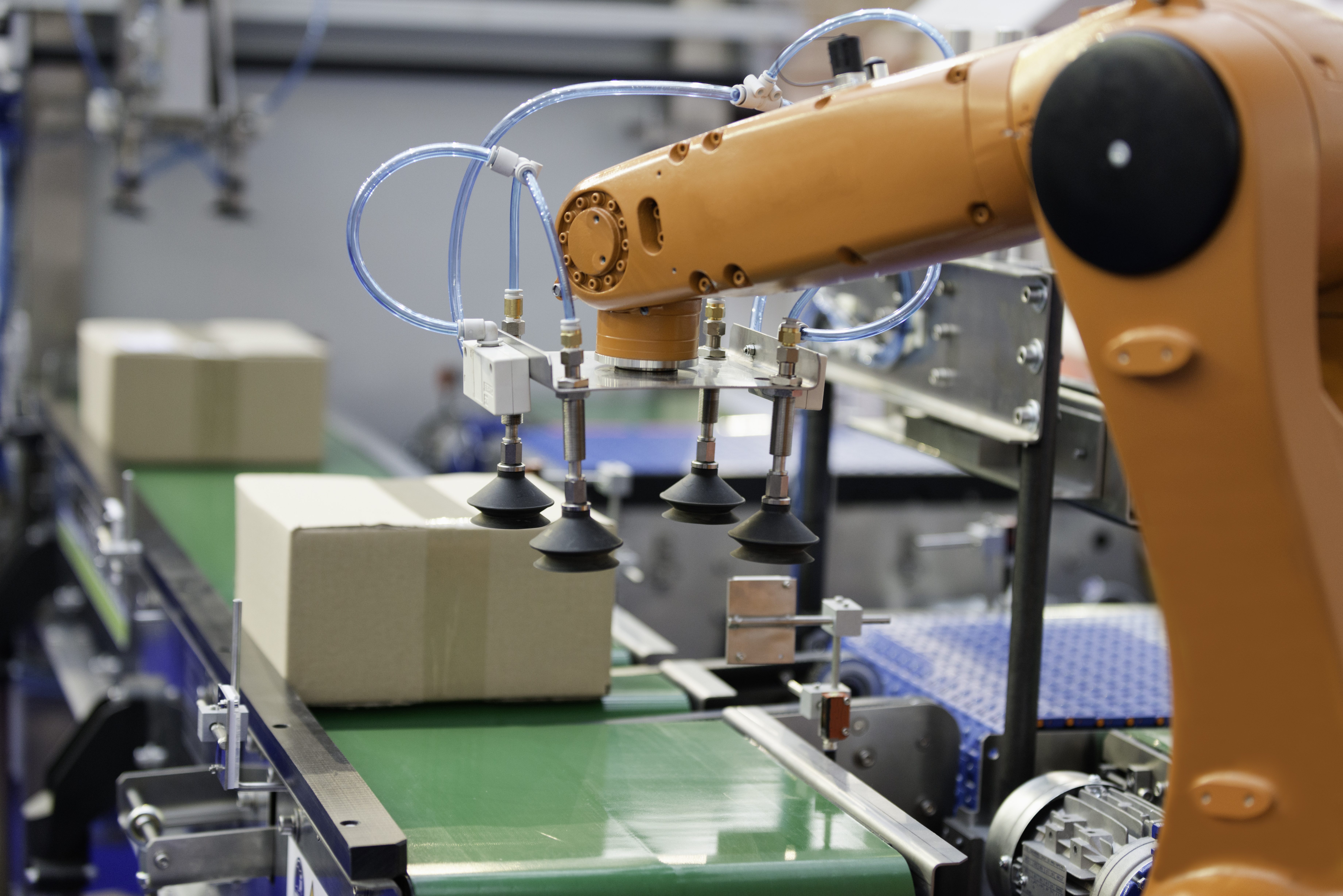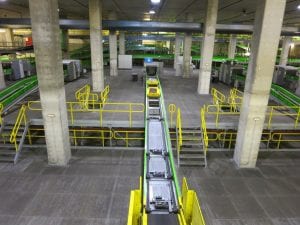 According to Digital Commerce 360 estimates, consumers spent $861.12 billion online in the U.S. alone, up 44.0% year over year. That’s the highest annual U.S. eCommerce growth in at least two decades. It’s also nearly triple the 15.1% jump in 2019. Throughout its history, the logistics industry has rarely seen changes of this. Trends such as eCommerce, motion and robotics, and digital transformation are speeding the pace of goods delivery at an unprecedented rate. This pattern is being replicated across most regions of the globe.
According to Digital Commerce 360 estimates, consumers spent $861.12 billion online in the U.S. alone, up 44.0% year over year. That’s the highest annual U.S. eCommerce growth in at least two decades. It’s also nearly triple the 15.1% jump in 2019. Throughout its history, the logistics industry has rarely seen changes of this. Trends such as eCommerce, motion and robotics, and digital transformation are speeding the pace of goods delivery at an unprecedented rate. This pattern is being replicated across most regions of the globe.
Warehouse growth is also driven by eCommerce. Mega-sellers like Amazon are establishing new levels of high delivery speed expectations without placing much of a per order cost burden on the end consumer. The borders of delivery maps are expanding, slowing down coverage time even as consumer expectations for shorter delivery cycles grow.
On top of this need for high speed, a shortage of workers is placing added pressure on logistics firms. Simply hiring more people is no longer a viable option. Qualified warehouse workers are so sought after; that it has increased both costs and expectations, and incoming volumes of new-generation workers have lagged behind the numbers of retirees who are leaving their firms.
How logistics firms can stay competitive
What can be done to overcome these growing challenges? One area that many logistics firms are considering is aggressively investing in automation to enhance labor efficiency. More specifically, this technology investment is being focused on motion control and robotics systems for conveying applications.
Statista reported that the global robots market is expected to grow at a CAGR of around 26%, reaching just under $210 billion by 2025. For the logistics industry, this means more robots are required in and around the conveyor, sortation, singulation, and induction systems.
The path towards motion and robotics integration can be gradual
The migration to advanced motion and robotics technologies doesn’t have to be instantaneous. How each logistics firm assimilates and monetizes its automation investments will depend upon their size, scale, and type of automation required. Many companies are at different stages of maturity in their automation process journey. Stakeholders can introduce robotic motion and sorting systems that provide fast return automation benefits and then slowly migrate towards more complex processes, based on the results achieved. If implemented correctly, new generation automation will not only optimize operations, time and resource requirements, but will also increase the time that the skilled workforce can dedicate to developing growth strategies (instead of completing manual tasks) and innovative marketplace initiatives.
Improved productivity, quality, agility, and more. The growing benefits of motion and robotics
The changes in logistics marketplace dynamics are having a great impact on the industry’s technology manufacturers and machine builders. Logistics customers are demanding quick delivery of new generation motion and material handling solutions that simultaneously provide efficient space optimization, flexibility, productivity, safety, labor reduction, and quality level benefits.
By working in partnership, OEMs and manufacturers like Schneider Electric are leveraging technology breakthroughs in robotics and motion control to help logistics firms better respond to their changing marketplace conditions. It is now possible for OEMs, and their end users, to affordably speed development and delivery cycles.
OEMs who digitize their operations need not be pioneers. Project risk and deployment times have been reduced for many machine builders who embraced IT/OT convergence using open architectures. In fact, Schneider Electric upgraded over 200 of its internal manufacturing, distribution centers, and warehouse sites using rapid engineering approaches that develop “smart” conveying systems across internal logistics operations.
By applying open and scalable/modular technologies to internal operations, Schneider Electric is acting ̶ at once ̶ as both a supplier to OEMs and an end user of OEM machinery on a massive scale. Digital machine and automation control solutions simplify how OEMs interface with the information, documentation, and products to exceed end user expectations. The results? Product concept-to-commissioning time can be reduced from months to weeks, with reconfiguration times dropping from weeks to days.
Solutions such PacDrive 3 which unifies PLC, motion, and robotics control functionality onto a single hardware platform serve as solutions for streamlining warehouse order preparation and palletizing operations.
Schneider Electric servo drives also support motor, drive, and robotics applications in environments where single-axis to high-performance multi-axis machines require high-speed movements and precise positioning. This helps address parcel distribution operations that require rapid parcel transport and high-speed singulation (sorting and separation of packages).
For more information
Recognizing trends and injecting innovation into motion & robotics solutions are important steps for achieving competitive advantage and business growth in ecommerce. To learn more, access motion and robotics web page.


